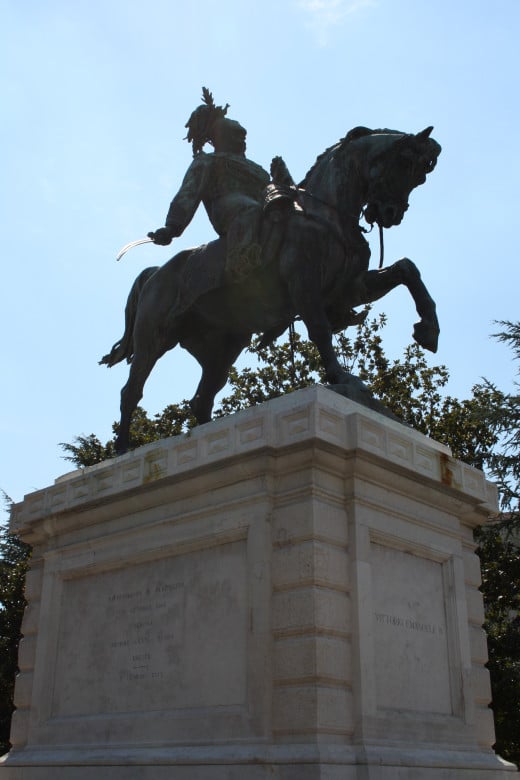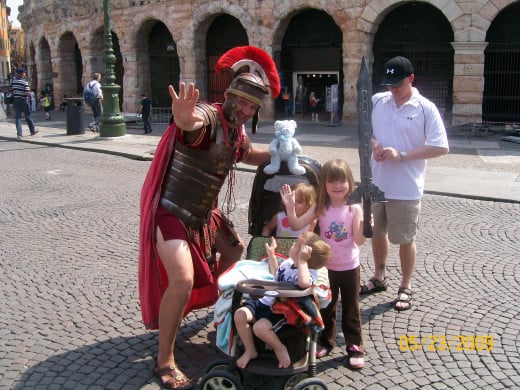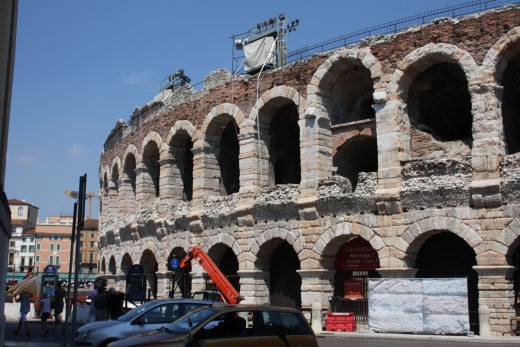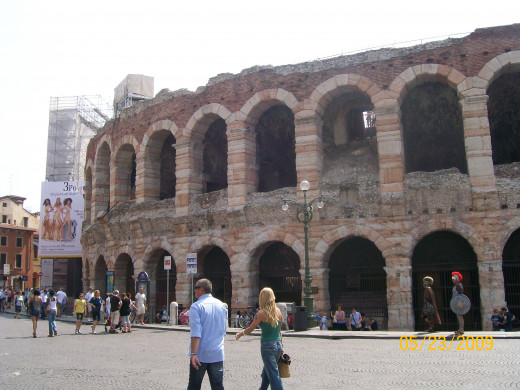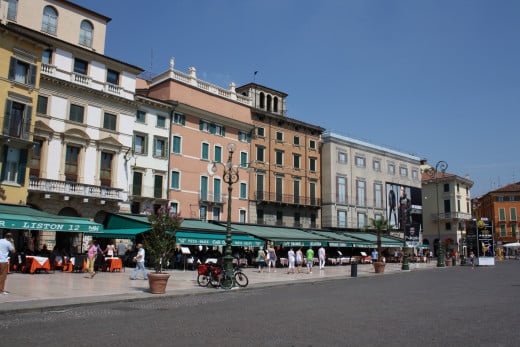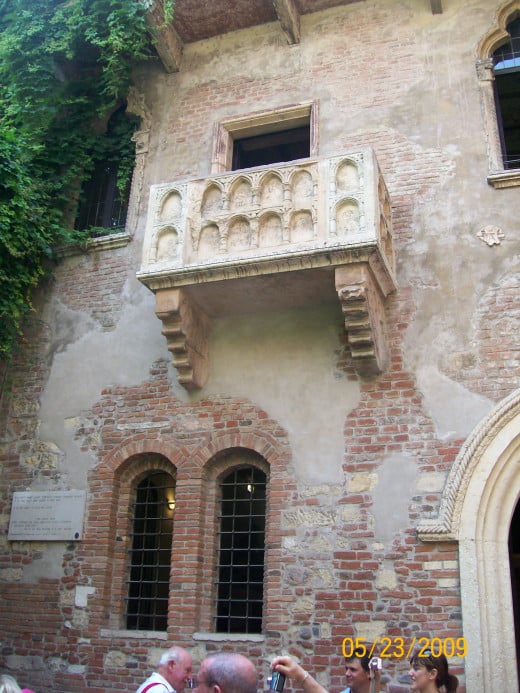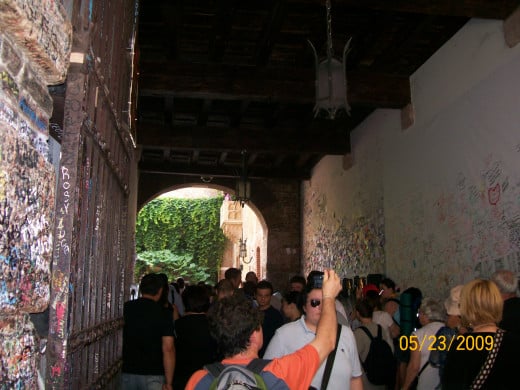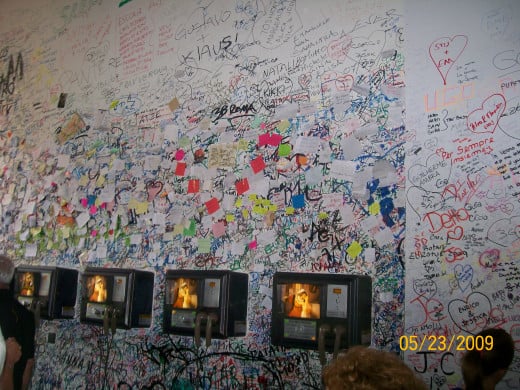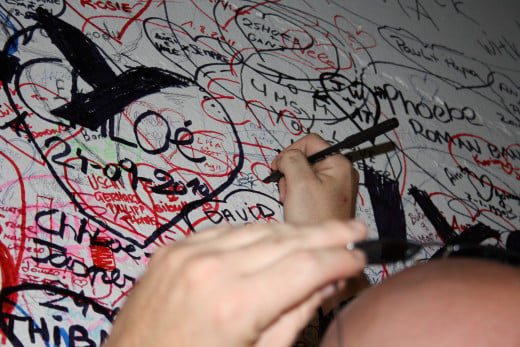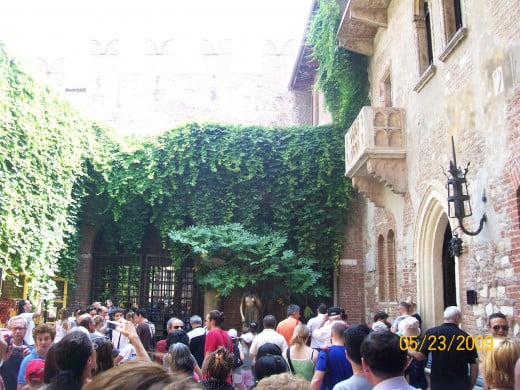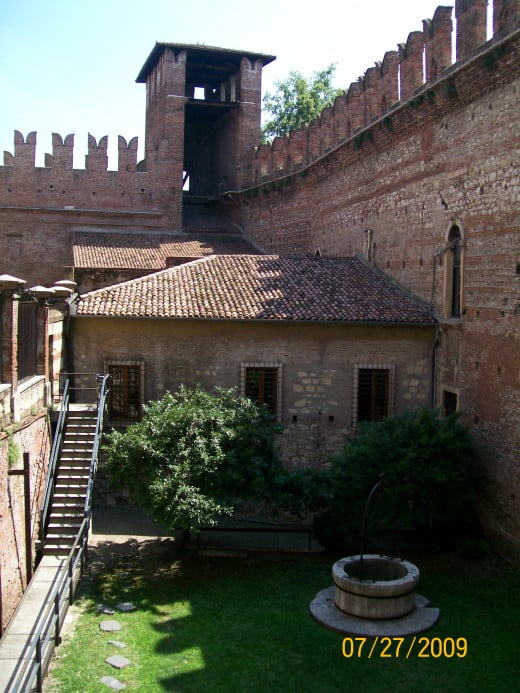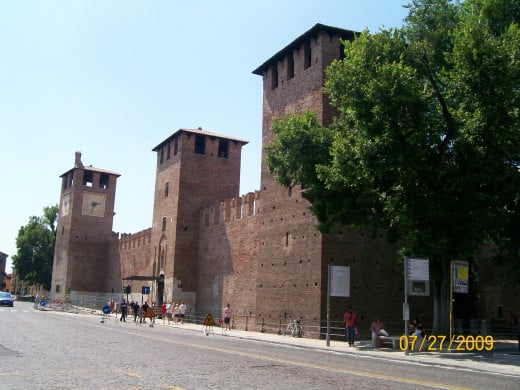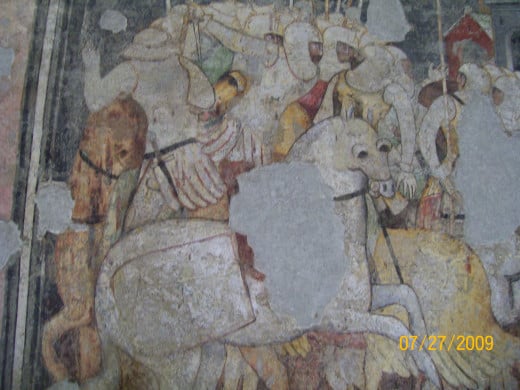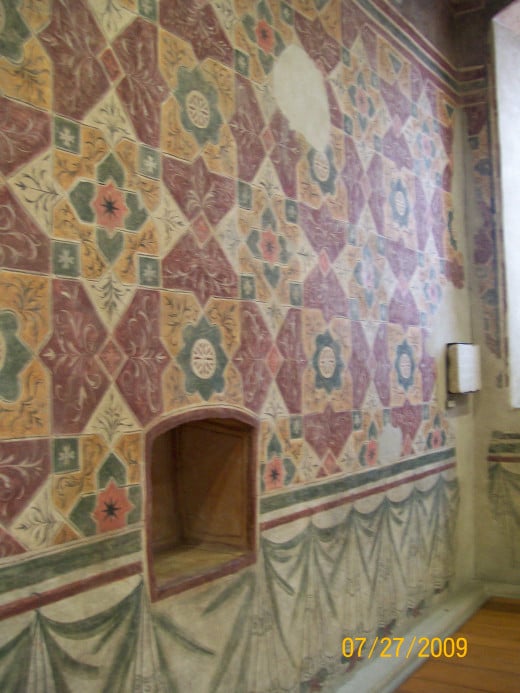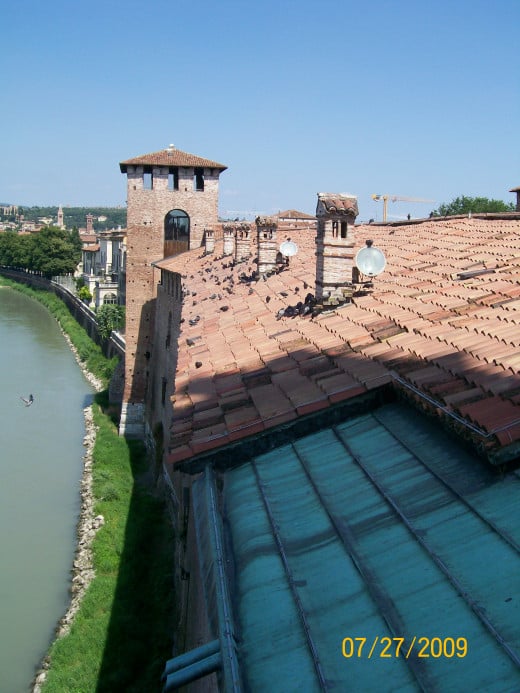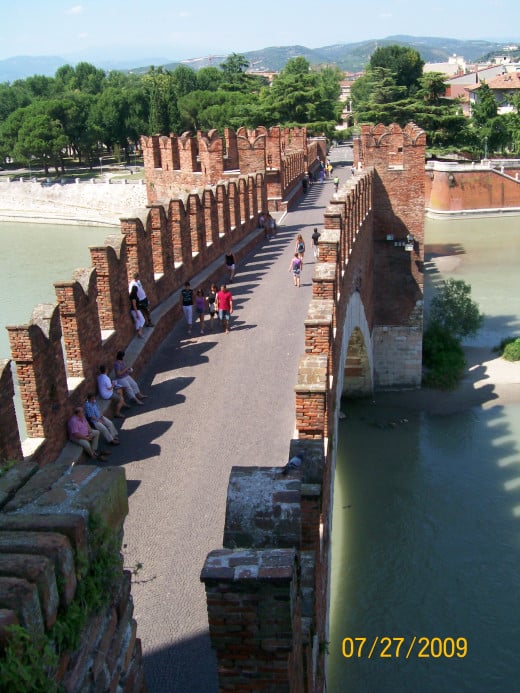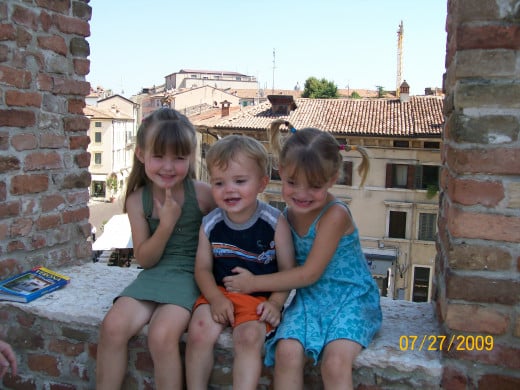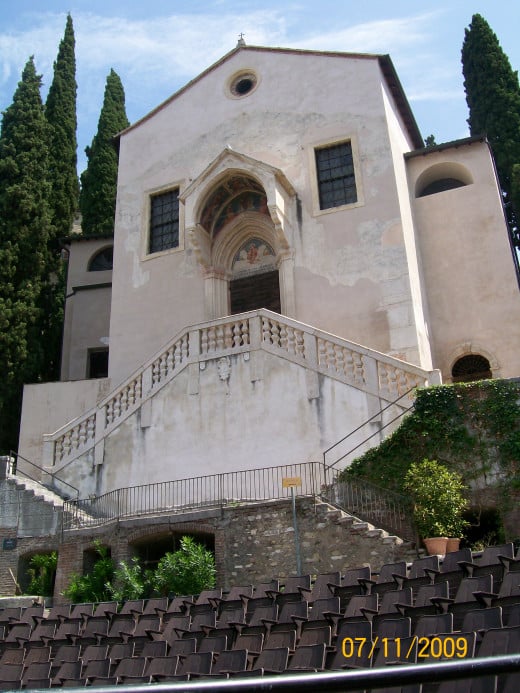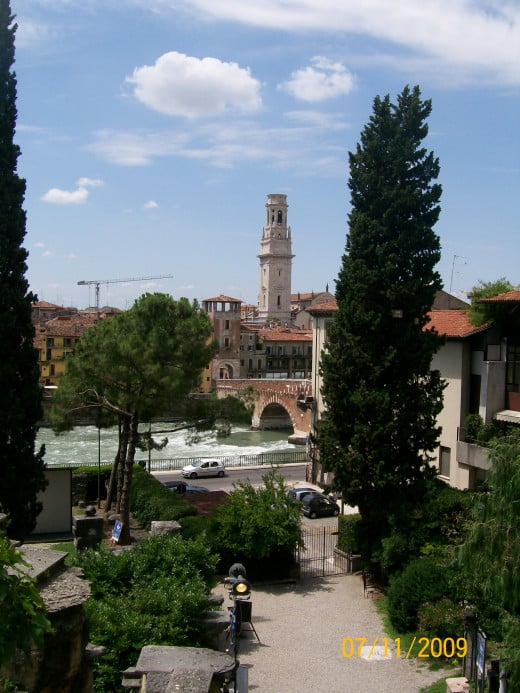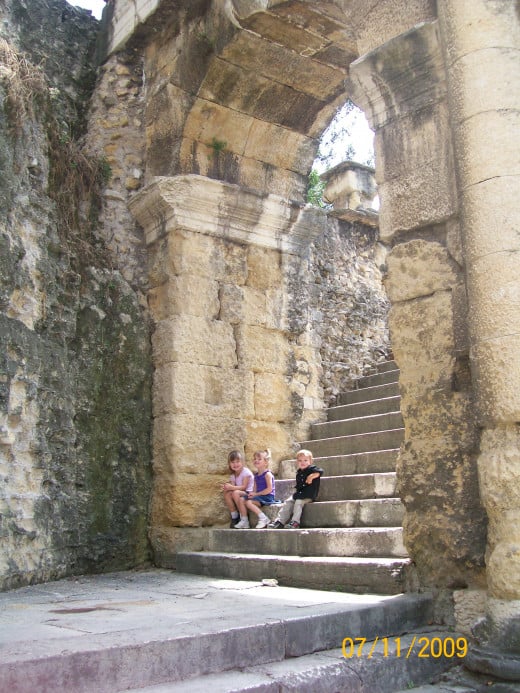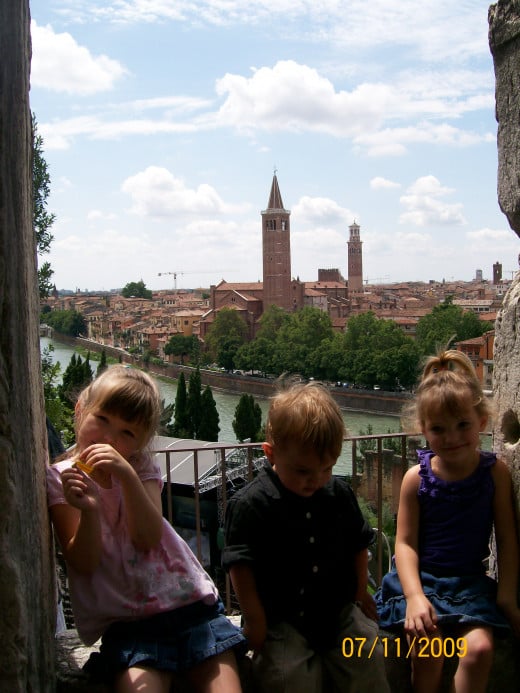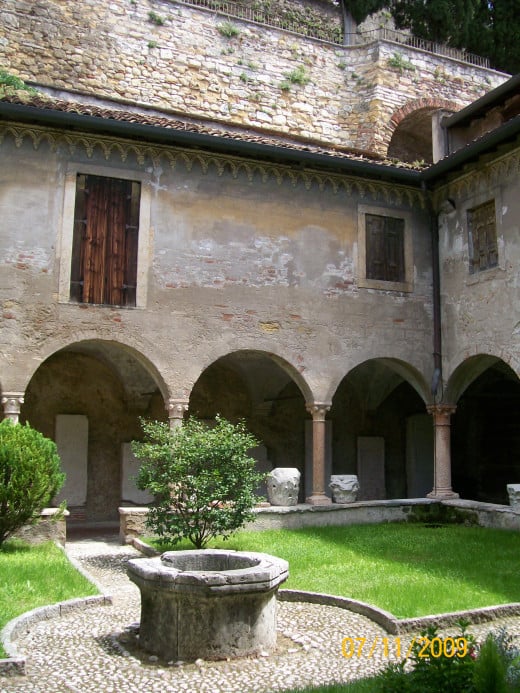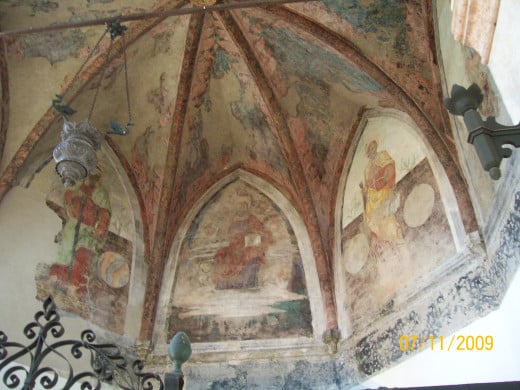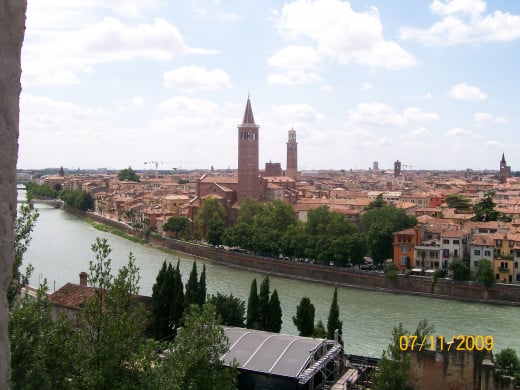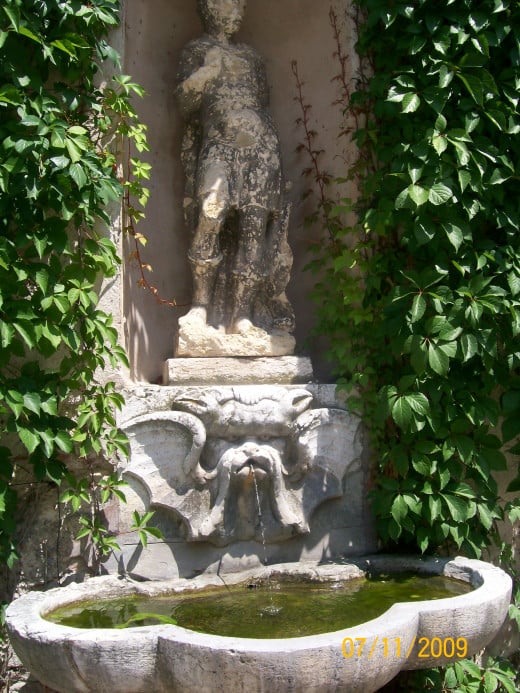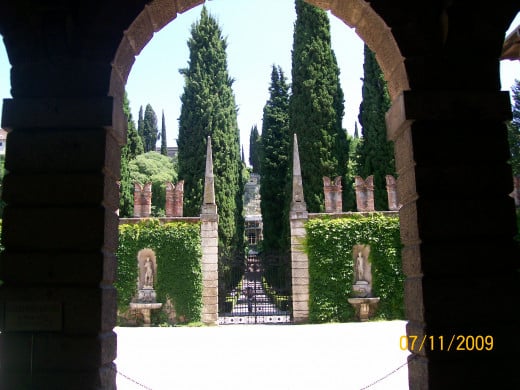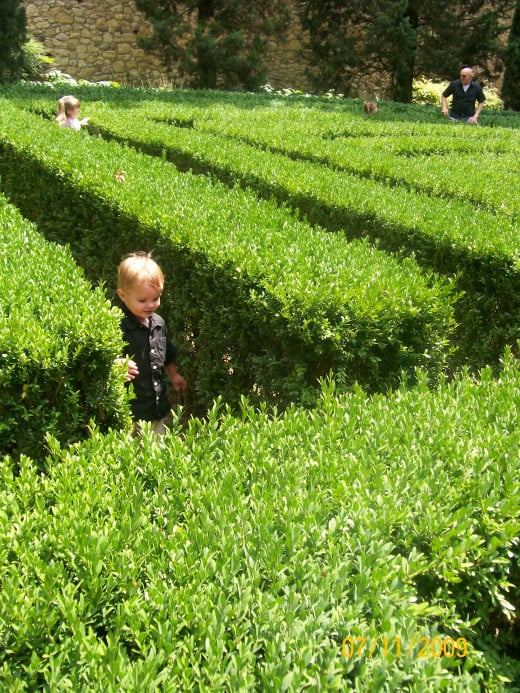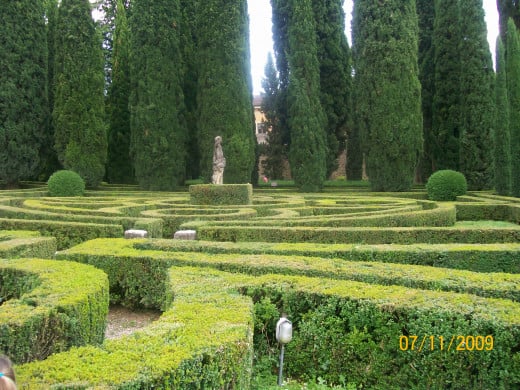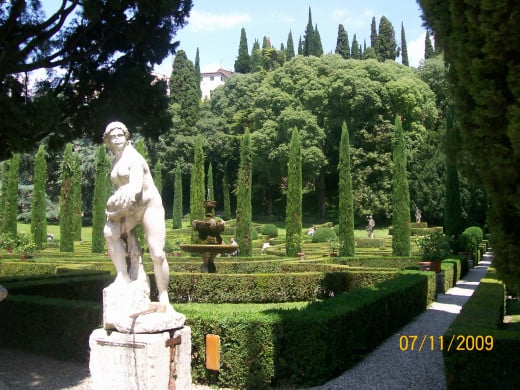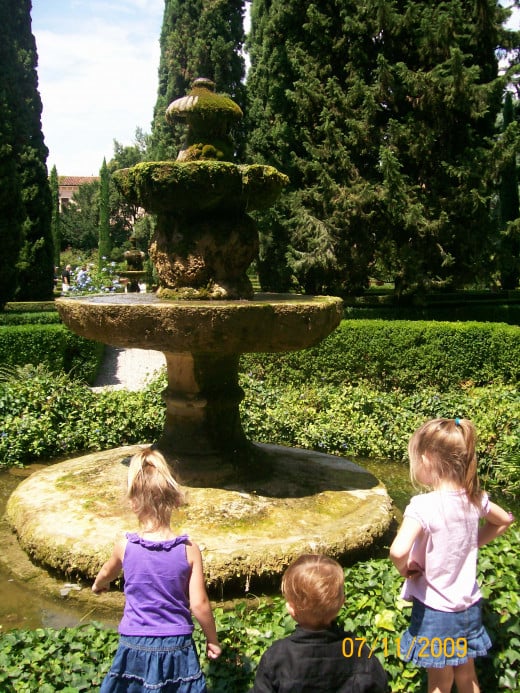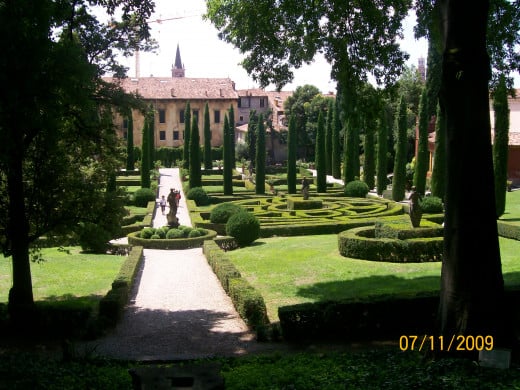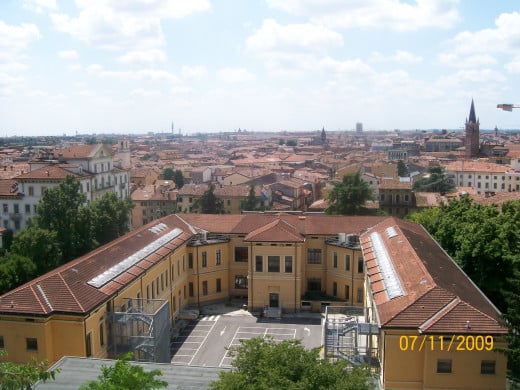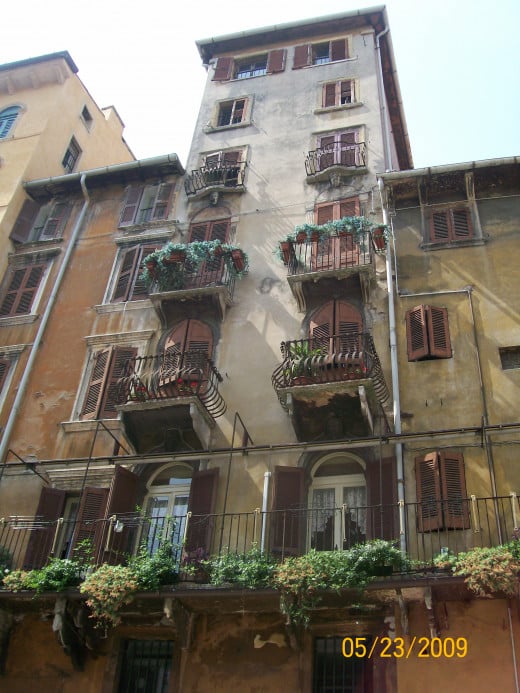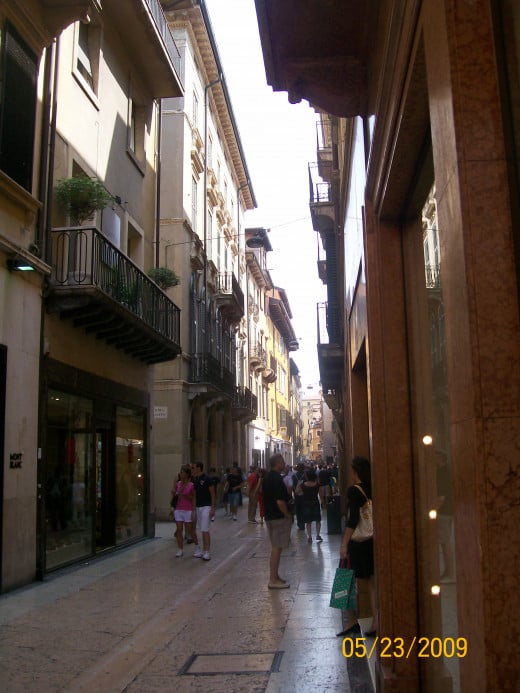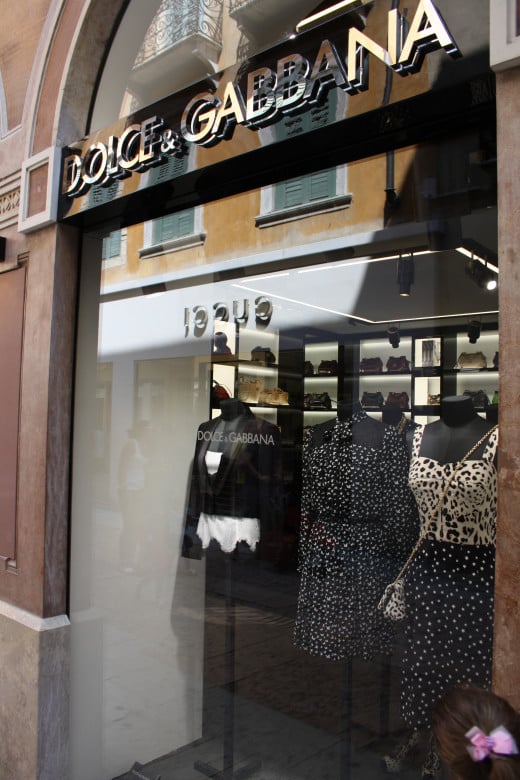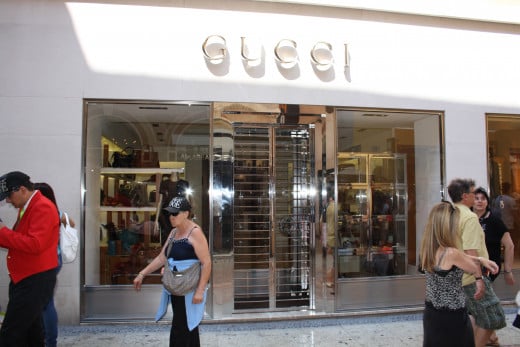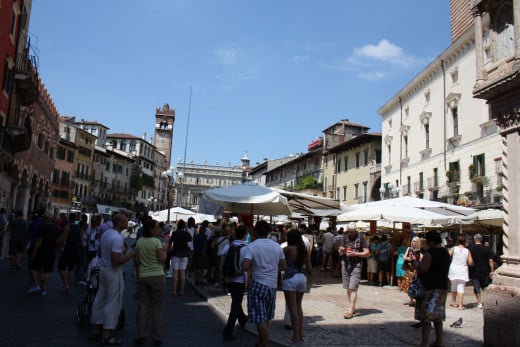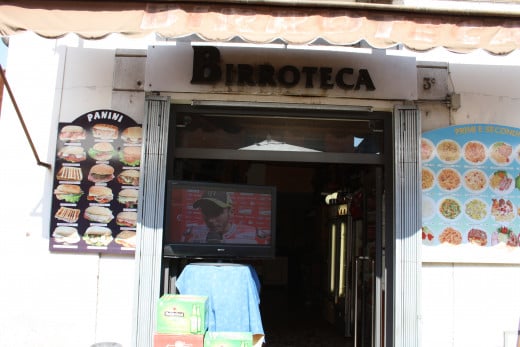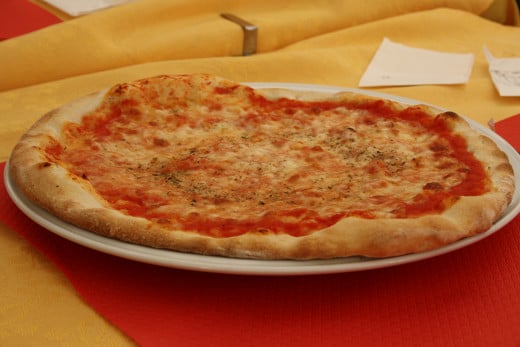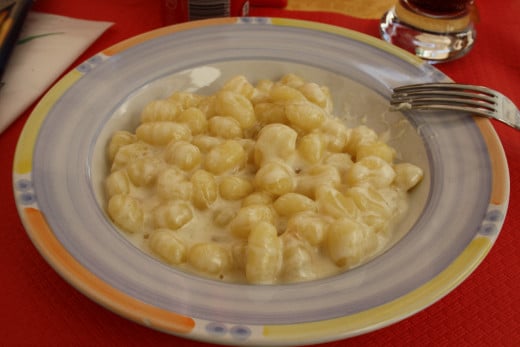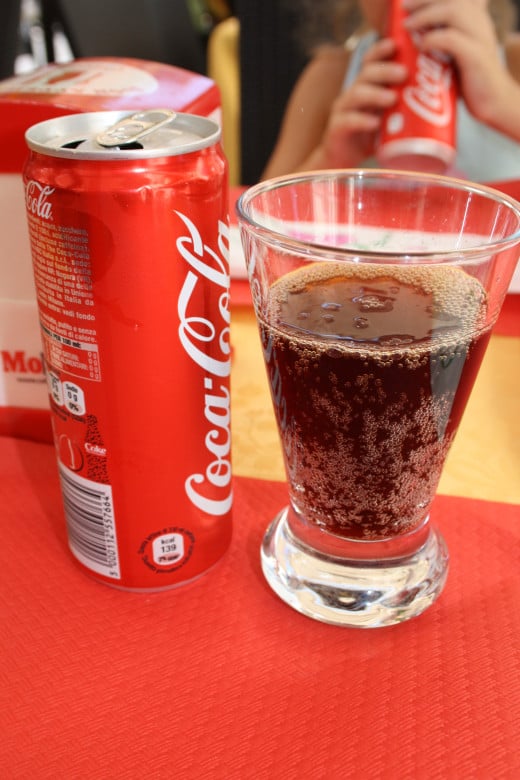Things To Do In Verona Italy
Verona has history all throughout its streets. Not only in its museums, but even simply strolling through Verona's streets one sees testimonies of distant times. 60 million years ago the entire area was under sea level. In the red marble of the streets and of the houses today, one can still find fossilised sea-creatures. From the ground you walk on to the tip of the tallest building, Verona is a very beautiful and clean city.





Piazza Bra
Every time we would go to Verona, we would start our journey at Bra' Square. Piazza Bra is made up of several different parts.
- The gardens area with a water fountain and a lot of benches where you can sit and enjoy the passer-by's.
- The Philharmonic Academia preserves a great number of musical works both printed and handwritten and a precious and rare collection of antique musical wind and cord instruments.
- The Philharmonic Theatre
- The Mafffei Museum has a collection of Etruscan, PaleoVeneto, Greek, Latin and Hebrew epigraphs.
- The Arena
The Arena is a Roman Amphitheatre that is the third largest amphitheater of its kind. It measured about 153m by 124m and was some 30m high. It has 44 marble tiers supported by 4 concentric galleries with 72 arches. It was able to contain roughly 30,000 people which was more then the population of the city of Verona back then. Festivals were held here in occasions of importance: jousts, tournaments, bull fights and weddings. On August 10th, 1913 there was a performance of Aida which held in occasion of the hundredth anniversary of the birth of Giuseppe Verdi (an Italian Romantic composer, mainly of opera). Since then, every summer, with the exception of the World Wars, there has been an Opera Festival attracting people from all over the world. There wasn't a time we were in Verona that the Arena didn't have something going on.






Casa Di Giulietta (House of Juliet)
Whenever I think about Juliet, it's always the Shakespeare version of Romeo and Juliet.
Two households, both alike in dignity, in fair Verona, where we lay our scene, From ancient grudge break to new mutiny, where civil blood makes civil hands unclean.
To actually stand under (or on if you pay for it) Juliet's balcony is amazing. In the courtyard of the House of Juliet there is a bronze statue of Juliet. Traditions have grown up around it saying that if you rub the breast of the statue, you will be fortunate in love. Every time we took our visitors to Verona we would stop to see the statue. The entry way is always changing with new writings and signatures on the walls. I'm not sure if they paint over the walls or how they manage to always have space for new signatures but with the thousands (if not millions) of visitors this place gets a year they would have to do something with it.
Above the greenery around the courtyard there is a resturant up there that has some amazing food and the atmosphere is great! While we were there, some friends of ours paid to have their names carved in bricks that were laid in the flooring. It would be amazing to go back and see what it looks like today.







Castelvecchio
The Castle was originally knows as San Martino in Aquaro because it had enclosed a church of that name which was demolished by Napoleon. It became old (vecchio) only after the construction of new fortifications on the hill of San Pietro. Napoleon constructed a barracks in the courtyard, closing it to the river and other bank being Austrian territory.
After WWI, part of the castle became a museum. Restored, it was at this point that the beautiful doors and windows from other destroyed buildings were inserted in the walls of the barracks.
During WWII, the castle was sight of the trial of Ciano, son-in-law of Mussolini, accused of having betrayed the Fascist cause. He was executed just up-stream. A little later it was bombarded, and the bridge was destroyed by the retreating Germans. The bridge was rebuilt with what original materials were possible and then further altered in 1958 by Carlo Scarpa.
Scarpa underlined the later construction of the barracks by separating it from the controlling tower and the XII century walls, and re-dug the moat. It was he who inserted the fountain and water courses which lead to the museum. He was the first to leave modern materials obvious in restorations, thus marking difference in period and rendering the intervention less invasive.







Teatro di Verona
With the transfer of Verona to the valley, the original Verona, the hill of San Pietro, was transformed into a scenographic back-drop. This enormous theatrical complex was visible from the entire city. It was constructed in the early BC era and is one of the first Roman theatres to have been built in stone.
To enter the theatre you come in by way of a sixteenth century house built onto the stage walls. The theatre was built with stone quarried from the hill and then painted. The decoration and columns were in marble. The stage, with it's crowning decoration, has largely been lost with the exception of some lateral elements. For seating there are white stone steps that were divided vertically into five sections by red marble (integrated with red-brick during restoration).
There were a series of three scenographic terraces built, the lowest is where the 15th century monistary is today, and, at the summit of the hill there is a temple where the Austrian barracks stands today. The views from the terraces is just breathtaking. A perfect spot to stop and take pictures.
Today you can see a variety of things inside the theatre from the ancient Roman times that include statues, vases and mosaics. Also, if you are visiting on the first Sunday of the month, there is no admission fee to get into the Roman theatre.
The Giardino Giusti (Giusti Garden)
Click thumbnail to view full-size







The Giardino Giusti (Giusti Garden)
Planted in the XVI century by the Giusti family behind their Palace, utilizing the hill and it's sand stone, it became famous to such a degree that the family became "Giusti of The Garden".
The lower part of the garden is a typical Italian garden. Decorated with statues and fountains and one of the first hedge labyrinths. My kids could spend hours in the hedge maze just running around trying all the different areas. There are beautiful flowers and many fruit trees throughout the garden.
Down the center of the lower garden a path of cypress trees draws the eyes to to the higher "wilder" section, which rests on the hill. At the center there is a great Grottesque Manerist mask which spouted tongues of fire. Above this there is a "Belvedere" with a view over the city. To the side there are grottos designed to provide echoes and to enable voices to be heard from other parts of the garden and they add odd perspective effects.
Other Things to do in Verona
Click thumbnail to view full-size








Other things to do in Verona
There is so much more to do in Verona. You can spend a whole day walking around looking at the architecture of the buildings or going shopping at all the name brand stores. My favorite store of all time is the Disney Store they finished in 2011. I got an Italian Mickey Mouse coffee cup (that of course sits in my display cabinet and will probably never get used LOL).
There are open air markets all times of the year. My favorite time of year in Verona is right before Christmas when they have the Kriskindlemart going on. So many incredible hand made items!
There are places to eat around every corner. Most of them have sitting areas outside. It is great to sit in the fresh air and watch everyone going by. The Italian food is so good and so very different then what we American's eat. The pasta over there is, of course, my favorite but the Gnocchi is definitely my number one!
There are some really beautiful churches to include the Church of San Bernardino Da Siena, the Church of San Zeno, San Giorgio in Braida, and the Can Fermo Maggiore.
Like I said at the beginning, having just one day in Verona is not enough time to do and see everything there is. Verona is the city of love and I have to admit, I fell in love with Verona.

